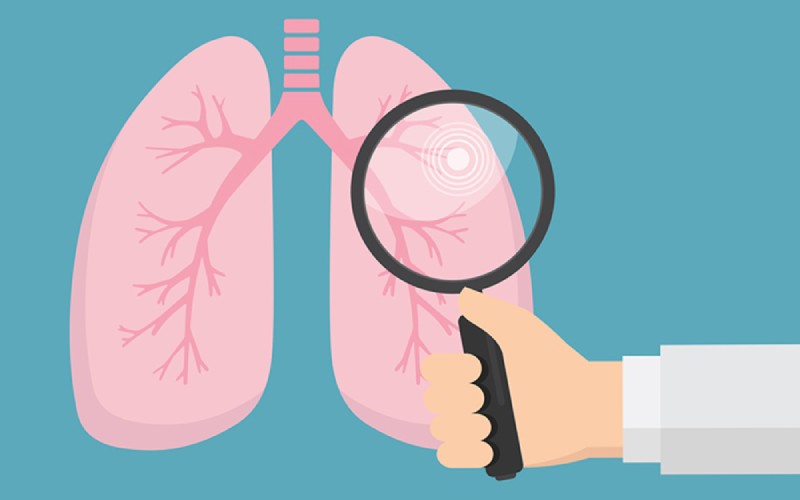New data indicate that, despite an increase in the prevalence of lung cancer screening, there are still significant disparities in screening rates among adults who are eligible. States and racial/ethnic groups differed in their screening practices. The availability of a primary care physician (PCP) or Medicare coverage was also found to influence screening rates.
Only 12.8% of eligible adults underwent computed tomographic (CT) scans for lung cancer screening, with rates decreasing during the COVID-19 pandemic, according to the 2019 Behavioral Risk Factor Surveillance System (BRFSS) data.
Using data from the 2021 BRFSS, researchers at the Karmanos Cancer Institute at Wayne State University School of Medicine under the direction of Kristin Maki, PhD, estimated lung cancer screening rates and identified factors associated with screening participation in this study.
Who receives a lung cancer screening?
According to the analysis of the data from 2021, screening rates have increased by 21.2% from 2019. The weighted sample, according to the researchers, included 112,399 respondents who took part in the lung cancer screening.
The sample consisted of adults between the ages of 55 and 79 who had either recently quit smoking or had smoked for at least 30 pack-years. The majority of the population was white (86.7%), with the majority of men (49.5%), and the average age of 65.7 (SD, 5.8).
Self-reported members of racial and ethnic groups other than white, Black, Hispanic, or multiracial were more likely to be screened than white respondents (OR, 8.89 [95% CI, 1.81 – 43.71] P = 0.01).
Those who underwent the screening had a pack-year smoking history of 57.3 years (SD, 49.6;) according to the multivariable hierarchical logistic regression used to identify associated factors. 95% CI, 50.8 – 63.8) and had quit 6.9 years earlier (SD, 4.6) than when they were screened (95% CI, 5.8 – 8.0).
Factors of Screening Participation
The results showed that 4.5% of people who had a lung cancer screening didn’t have insurance or Medicare coverage (95% CI, -4.5% – 13.5%). In excess of a quarter (27.7%) of respondents reported poor health (95% CI, 16% – 39.5%).
The team concentrated on four states: Rhode Island, New Jersey, Michigan, and Maine The results showed that people in Rhode Island were more likely to take part in screening (95% CI, 1.05 – 3.67) when compared with those in Maine (OR, 5.79), which was statistically significant (P = 0.03).
The fact that people with a primary care physician had a higher rate of lung cancer screening (OR, 5.62 [95% CI, 1.19 – 26.49] P = 0.03) underscores the significance of having a PCP.
Furthermore, the likelihood of obtaining screening decreased for individuals aged 55 to 64 years (OR, 0.43 [95% CI, 0.23 – 0.81] P = 0.01) and those aged 78 to 79 years when compared with respondents aged 65 to 77 years (OR, 0.17 [95% CI, 0.04 – 0.80] P = 0.02).
The study found that screening rates for lung cancer still fall short of those of other population-level cancer screening programs. Additionally, the high percentage of participants who reported being in poor health is troubling because many of them may not be healthy enough to receive treatment for lung cancer. Although the prevalence of LCS improved in 2021 when compared to 2019,
“Disparities in lung cancer screening uptake among eligible adults remain and will likely continue with the updated USPSTF recommendation increases the number of Black adults who are eligible for lung cancer screening,” investigators said. “Research to identify facilitators for lung cancer screening among persons who currently smoke is needed, including a focus on the role of stigma as a barrier to screening.”

 Diabetology1 week ago
Diabetology1 week ago
 Diabetology5 days ago
Diabetology5 days ago
 Diabetology1 week ago
Diabetology1 week ago
 Diabetology7 days ago
Diabetology7 days ago
 Diabetology1 week ago
Diabetology1 week ago
 Diabetology5 days ago
Diabetology5 days ago
 Diabetology3 days ago
Diabetology3 days ago
 Diabetology3 days ago
Diabetology3 days ago








